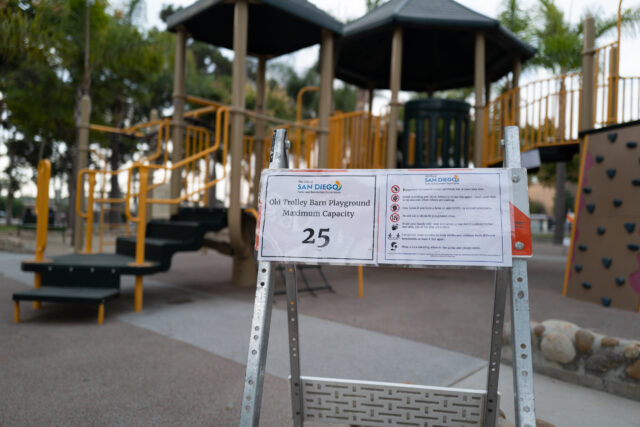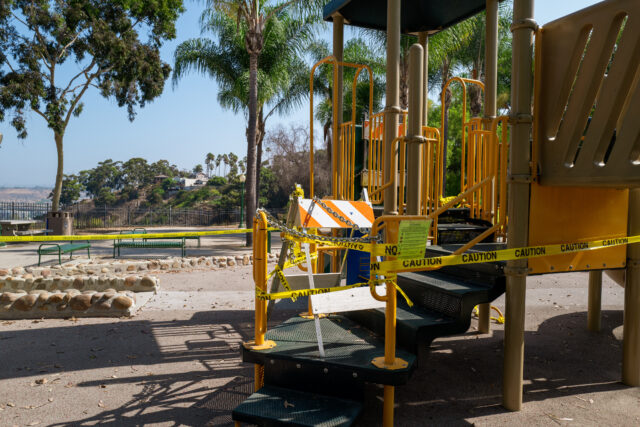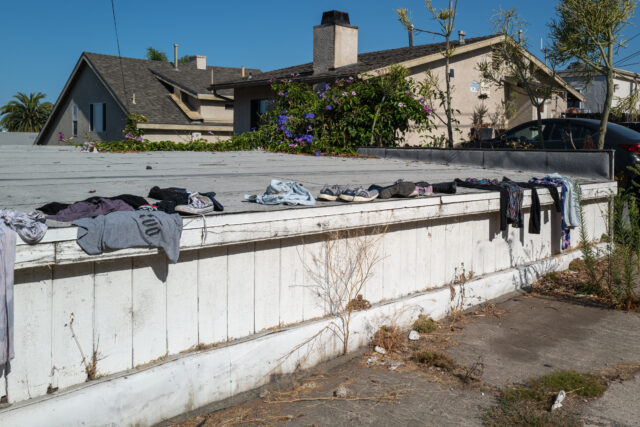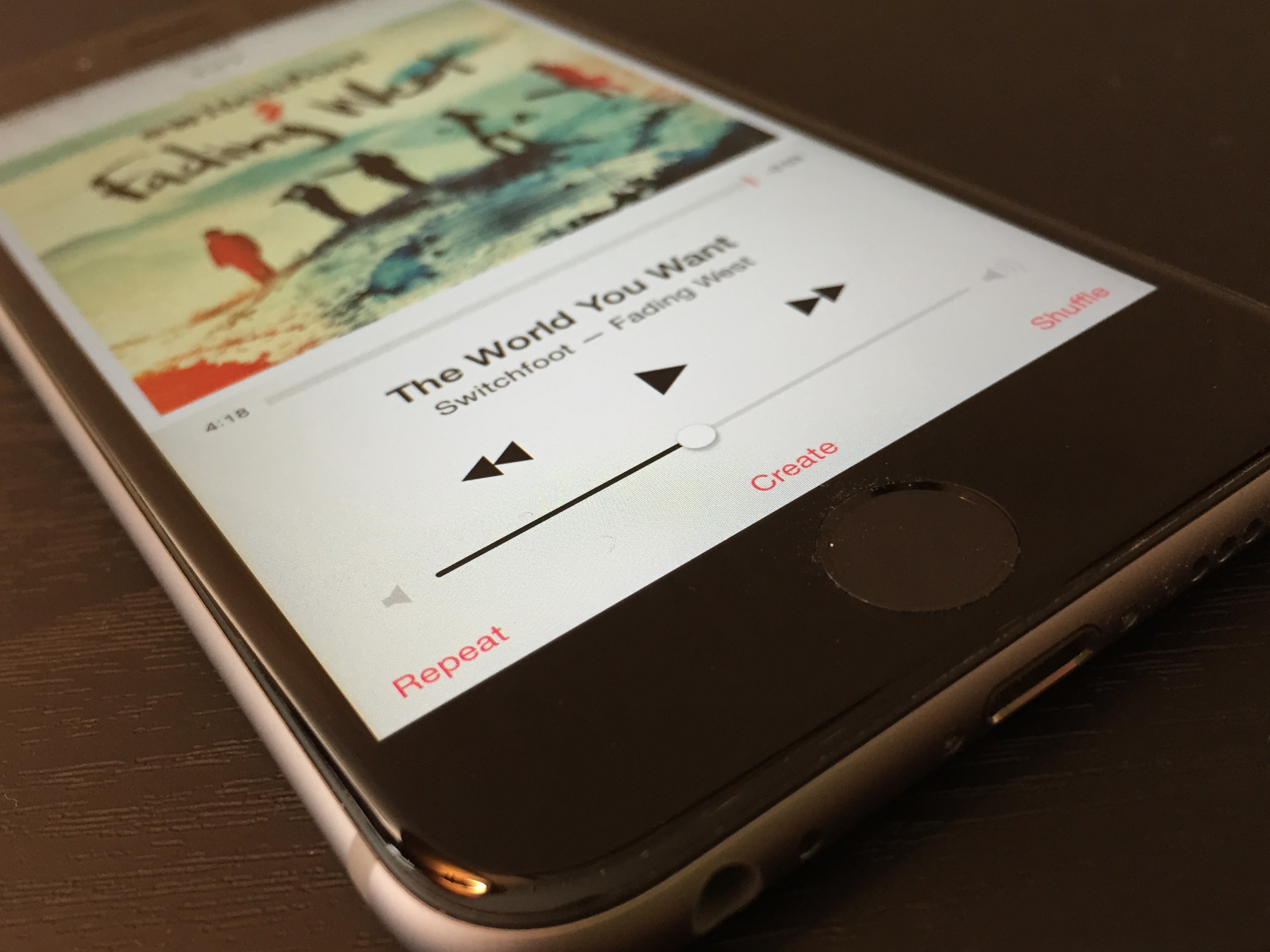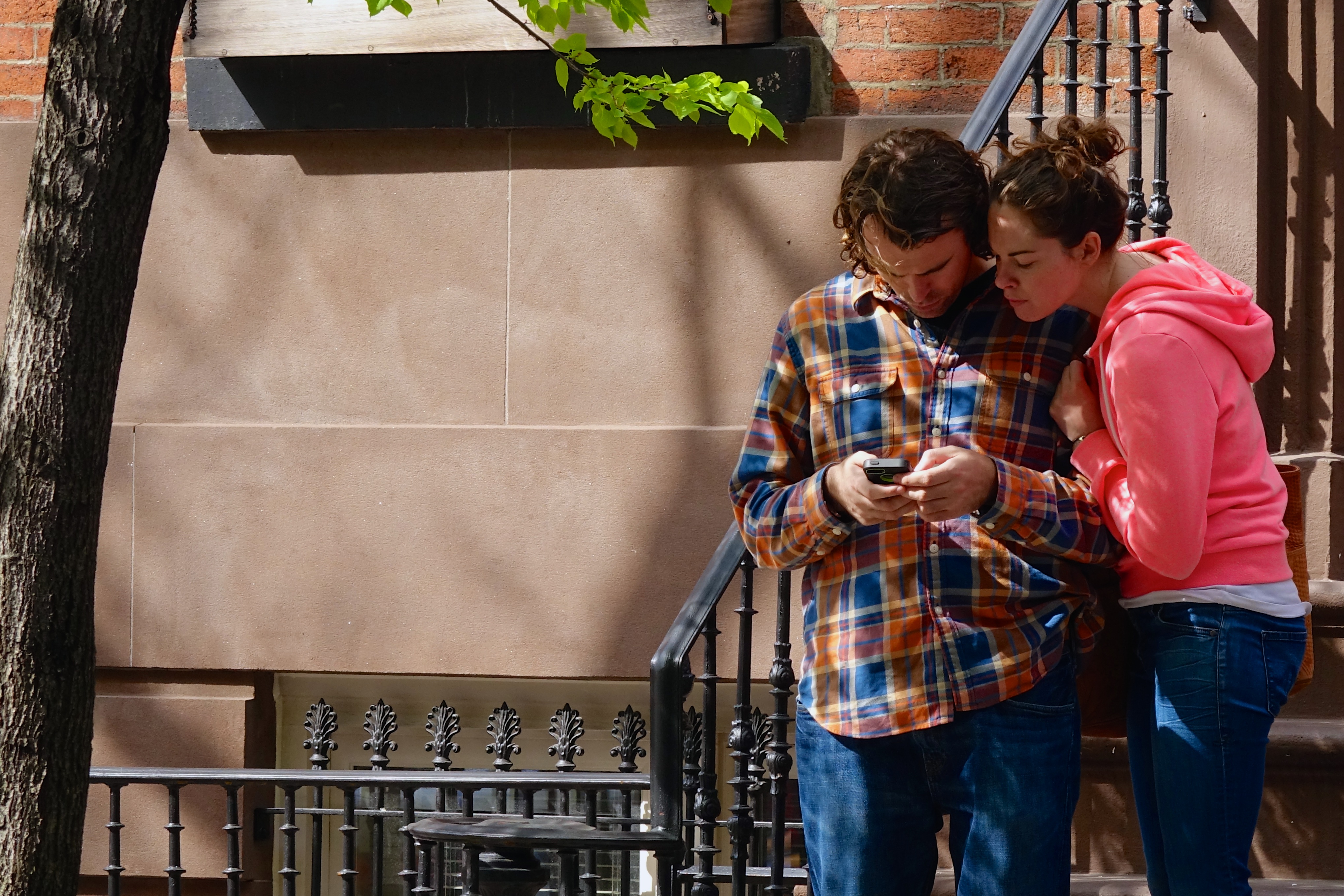For what did Rudford’s have to be grateful for on Thanksgiving Day last week? I wonder, as the COVID-19 crackdown prohibits indoor dining and imposes a 10-p.m.-to-5-a.m. curfew that impinges on the 24-hour diner’s normal operations. Eateries across California—and the country—are beaten back because of rising confirmed SARS-CoV-2 (severe acute respiratory syndrome Coronavirus 2) infections, which are misidentified by politicians and the news media as cases. Most people testing positive are not sick nor will they be hospitalized.
In the weekly report released today: 81,084 people have tested positive (e.g., confirmed cases) for COVID-19 since San Diego County started tracking data in February. Median age: 35. Number of deaths: 997, with a median age of 76. No one died in the week ended Nov. 28, 2020. Case fatality rate: 1.2 percent. Stated differently, if you live in SDC and test positive your chance of surviving the Novel Coronavirus is 98.8 percent.



